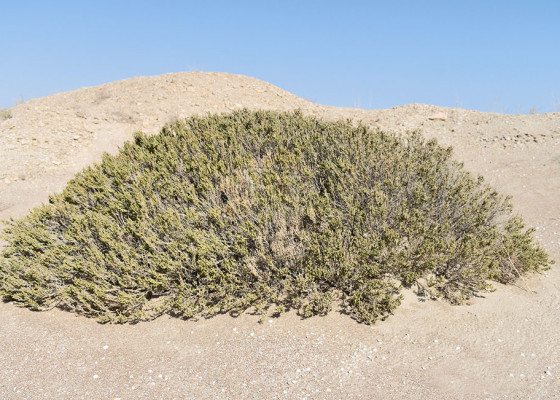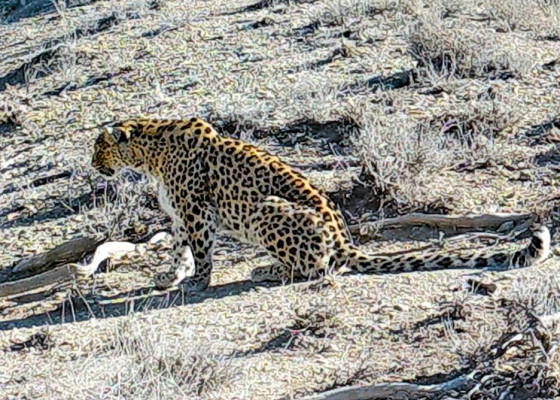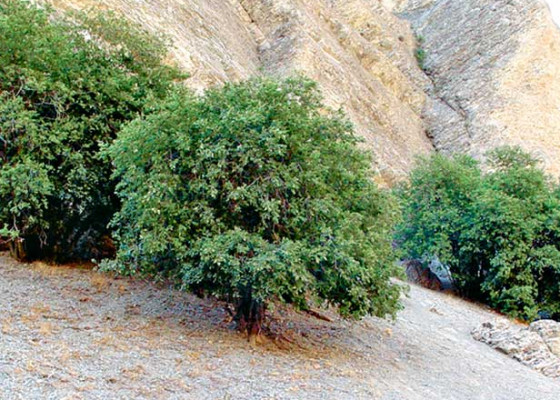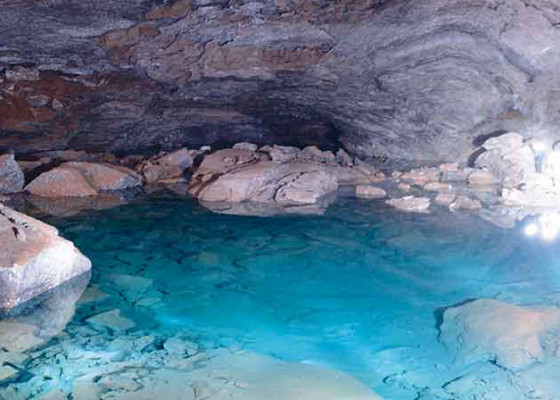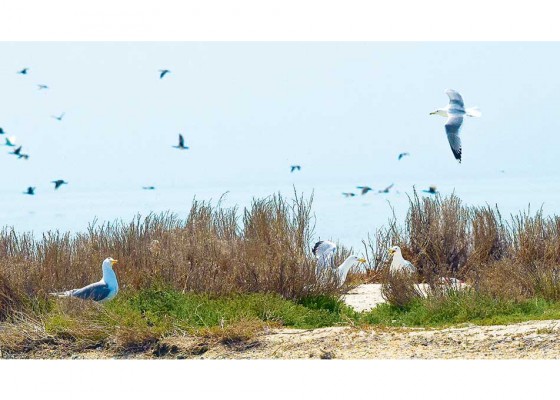Pistachio Grove on the Outskirts of the Capital
The afforested hills in Bikrova, approaching the southern outskirts of the capital, are low: only 200-300 metres above sea level. The earliest and mature forest plantations are concentrated on a vast area up to the Kopetdag ridge. The hills begin to “swell” and “dive” down behind the last row of cottages – the foothill start there. The botanical rarities lined up near the country road – mulberry trees, popularly called “han tut”, its fruits are juicy and full of “cherry-raspberry” juice, Ziziphus, pecan trees and Elaeagnus orientalis, and pistachio trees can be seen behind them. If you climb higher, you can see that there are many of them – a large grove, about 50 mature trees. The trees are in excellent condition and demonstrate their unpretentiousness to soils and lack of irrigation in a semi-wild landscape. Certainly, the seedlings were looked after, watered and kept nourished during their early years. When walking amongst the trees, the country’s oldest forester Akmurad Atamuradov, a specialist in pistachio cultivation, explained that the grove consists of female and male trees, the female trees bear large fruits, large clusters result




